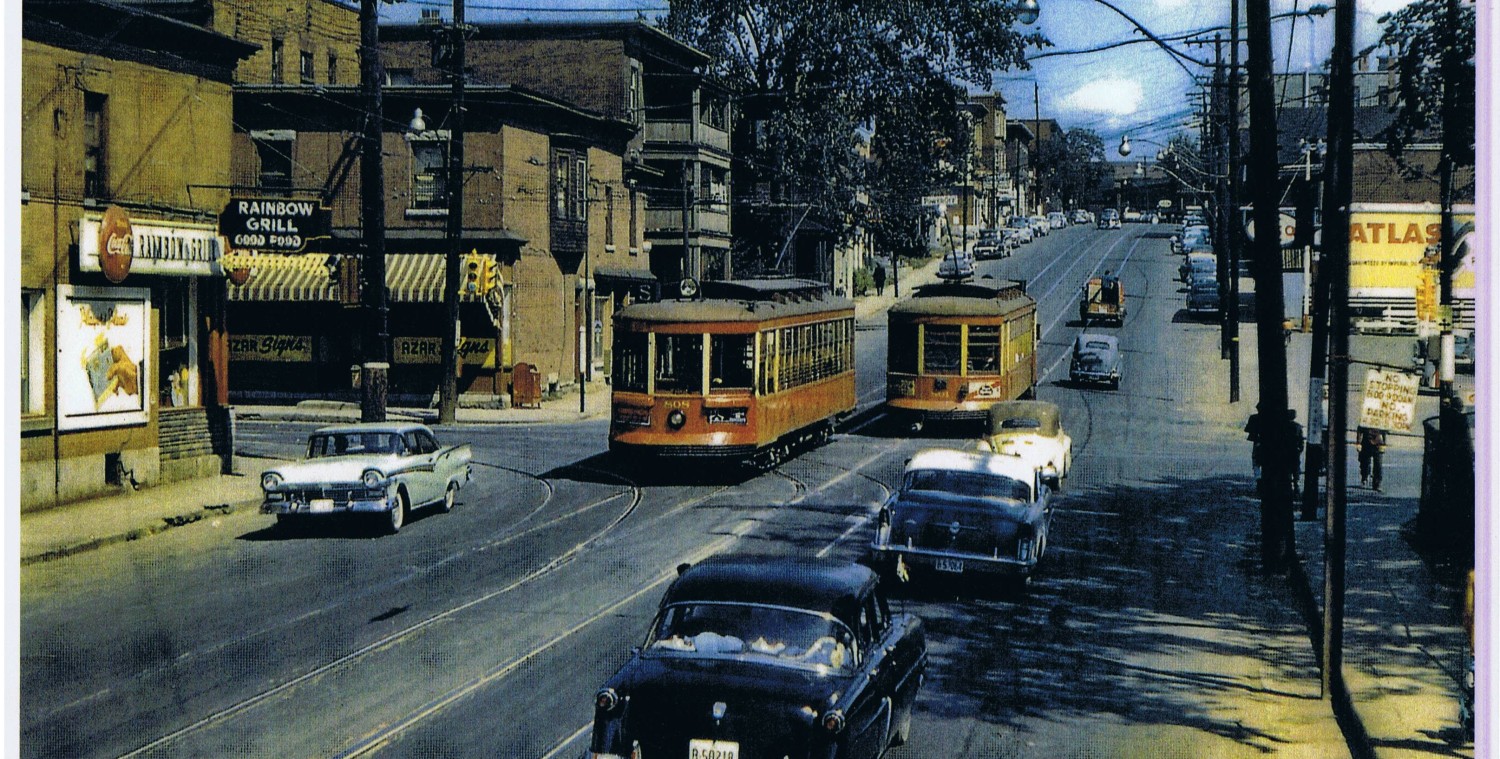
No new bridges til we use the old ones first
Are existing Ottawa River bridges really at capacity? We traditionally measure capacity in vehicles carried, and by this measure some bridges are very busy. But if we measure capacity by people carried, the story changes. Typically, in North America, bridges … Continue reading No new bridges til we use the old ones first












